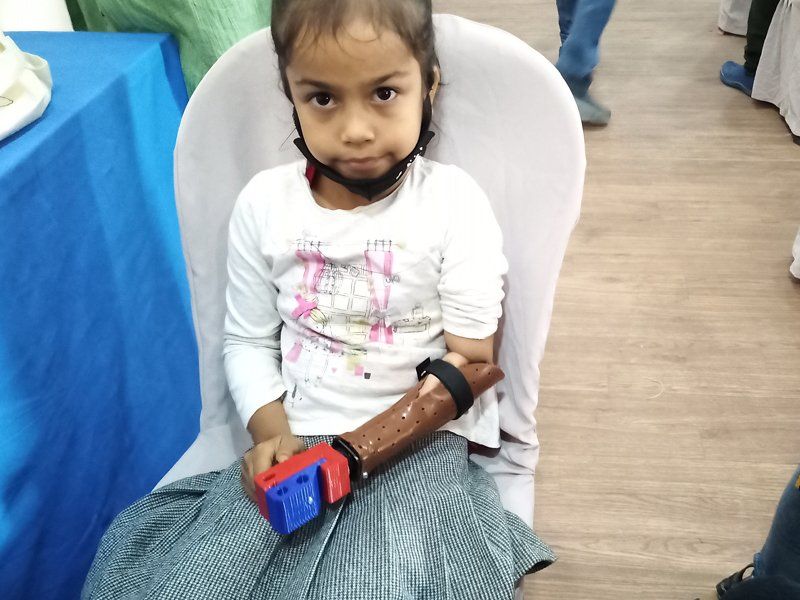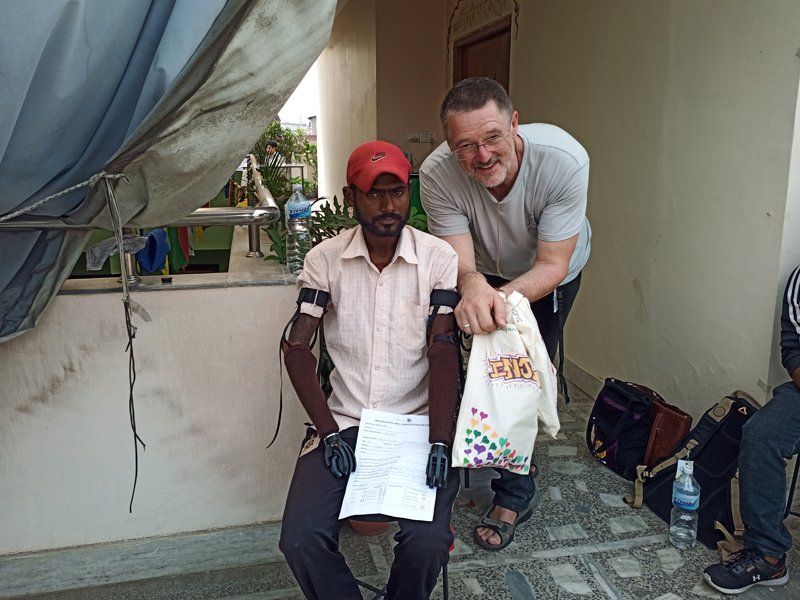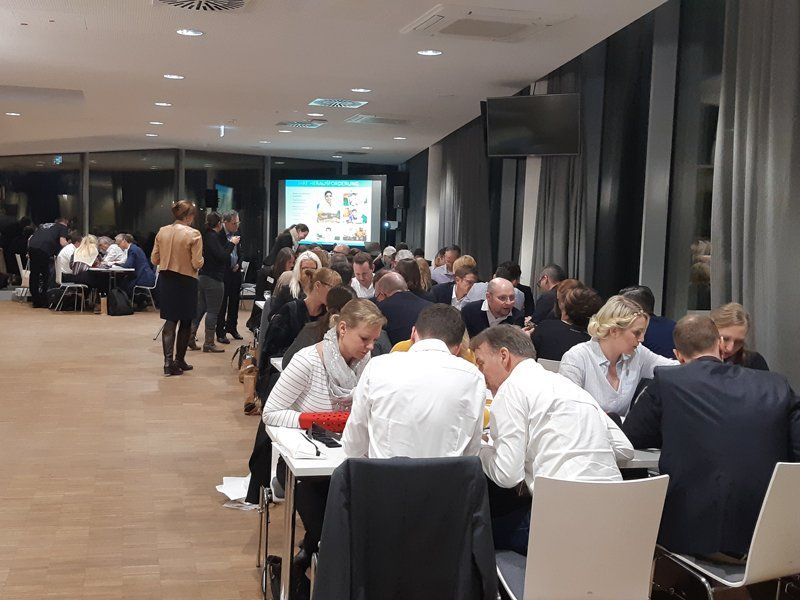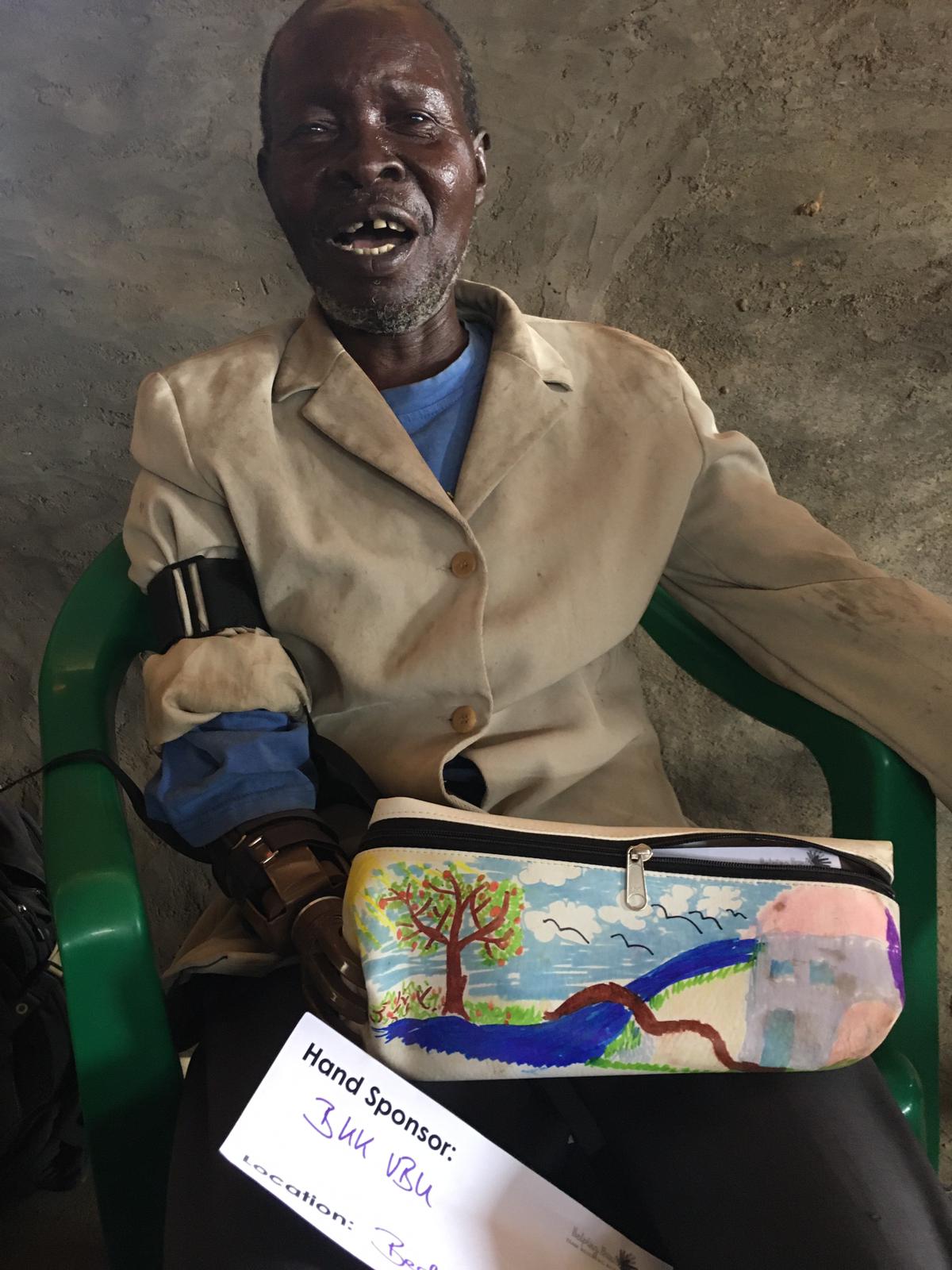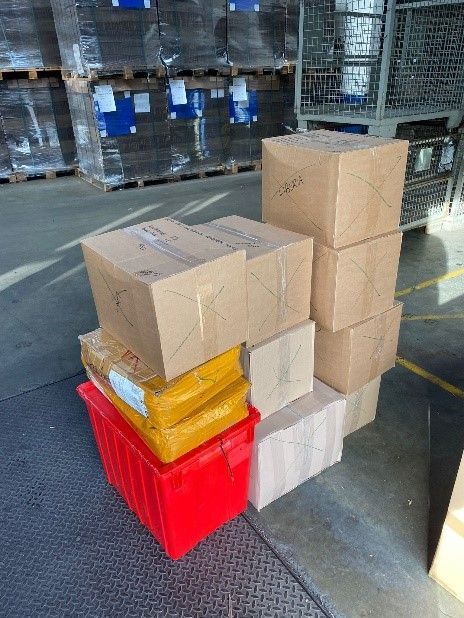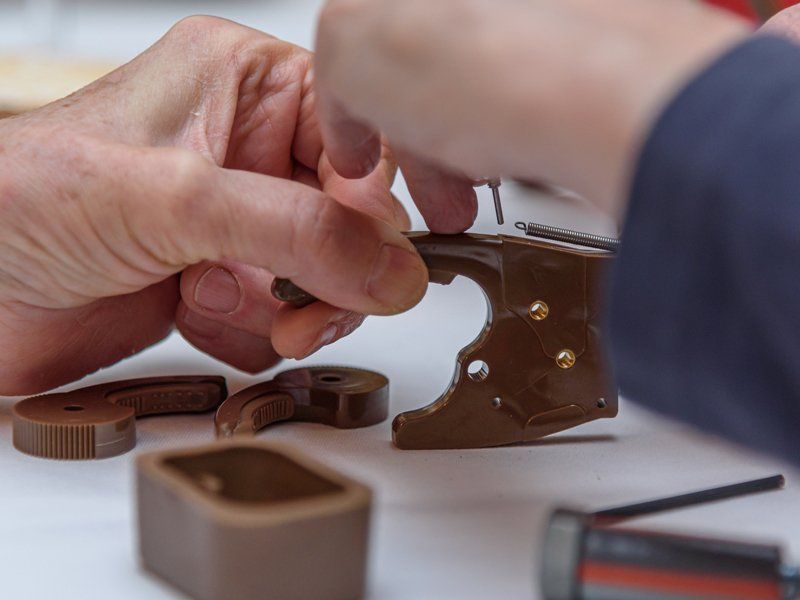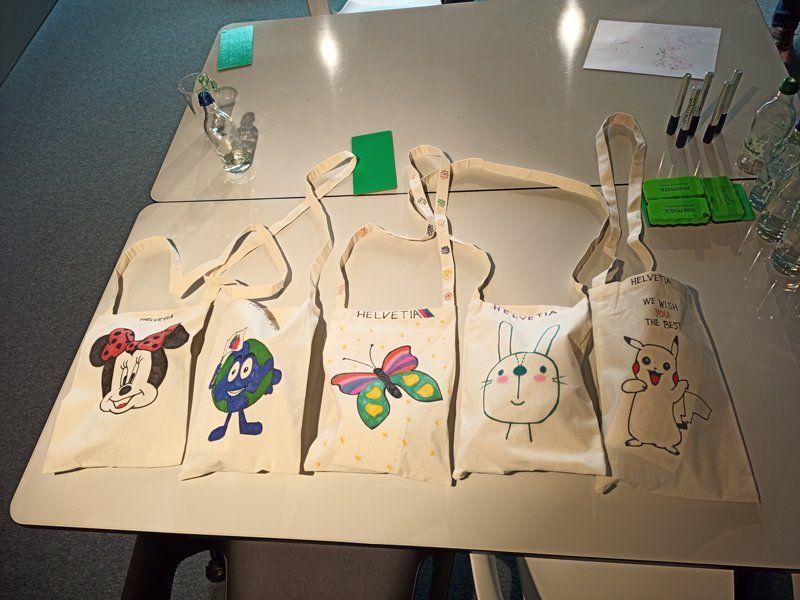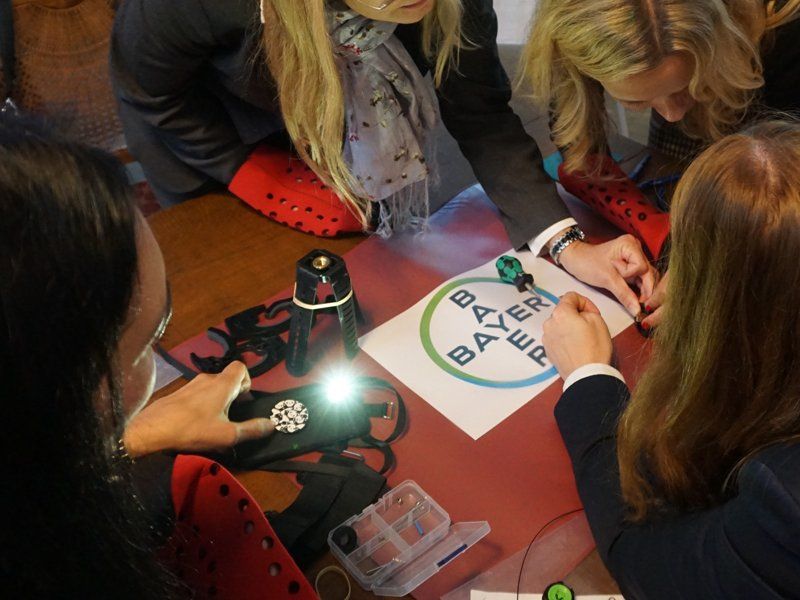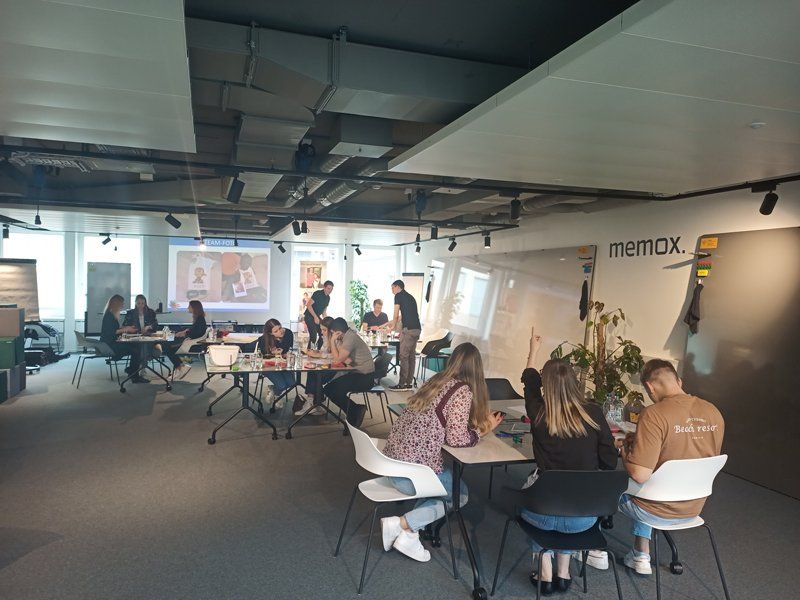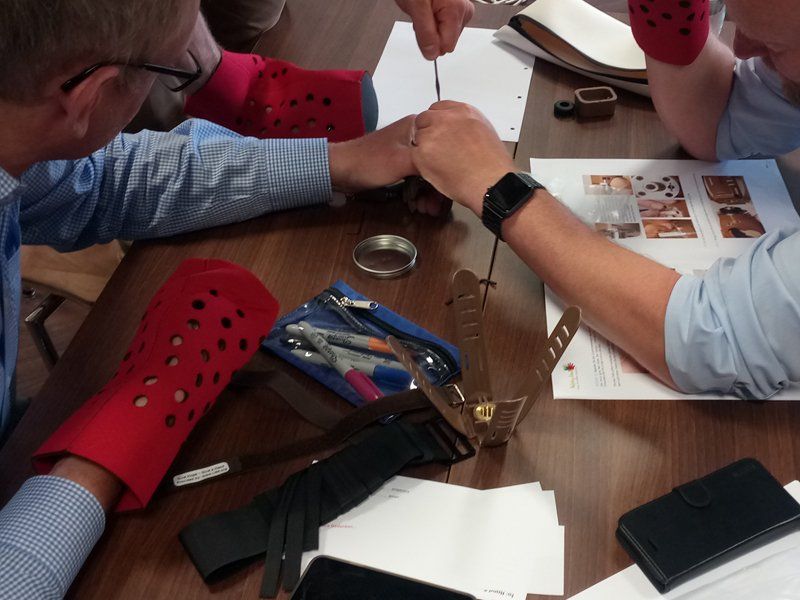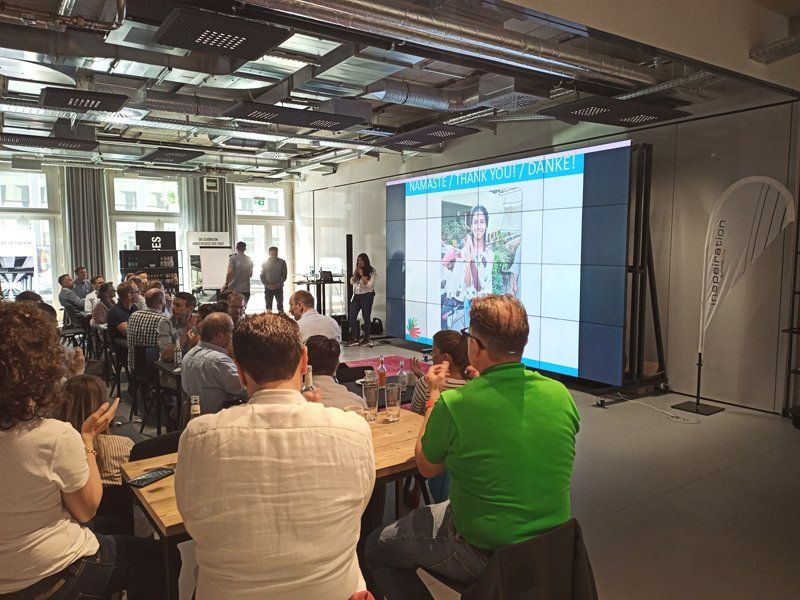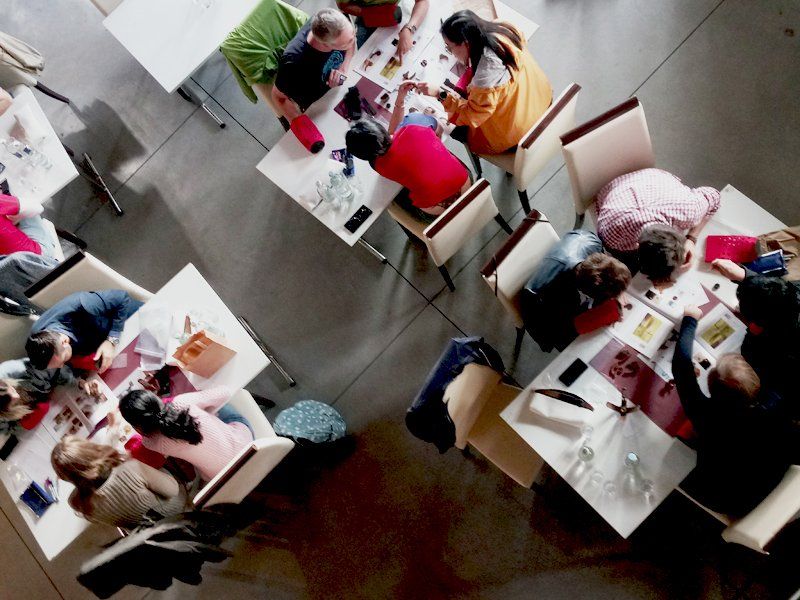
The Hand Project FAQ
The prosthesis
-
1. How long does such a hand prosthesis last?
Depending on the load and care, the prostheses function for several years. We know of some recipients who have been using their prosthesis every day for a good five years. In the case of heavy work, for example a recipient in India working as a stonemason again after receiving the prosthesis, a prosthesis can sometimes break. However, we have not been aware of any signs of wear so far.
-
2. Is there a supply of spare parts for the hand prostheses?
So far this has not been necessary. All of the hands distributed in the last 5 years are, to our knowledge, still in use (and a few have rarely been used). All components are extremely resilient, corrosion-resistant and almost wear-free. In addition, each recipient has the contact data from TheHandProject and could contact them if necessary.
-
3. Are there different prostheses in TheHandProject?
Yes there is. The prostheses assembled during the events are at the same time the origin and the most important prostheses. They make it possible to hold, lift or move things. The recipients can, for example, hold a spoon - i.e. eat independently - or write. They are also called "tool-hand" to distinguish them from further developments.
-
4. What is the "tool hand"? And what can she do?
The "tool-hand" is the origin of the HandProject. It is a purely mechanical prosthesis and consists of a "hand-like" plastic body with three fixed fingers and two movable fingers. The movable fingers can snap into (almost) any position and hold small objects such as spoons, pens or cups, but also broomsticks, pot handles or bicycle handlebars. There are also examples where the recipients use it to plant rice, work as a stonemason or drive a moped. With a small tilting movement, the movable fingers are relaxed again and can be repositioned.
-
5. What is a "cosmetic hand"? And what can she do?
The "cosmetic hand" stems from the understandable desire of many recipients to "look as normal as possible". It is modeled on the shape of the human hand as closely as possible. It currently comes from the 3D printer and is currently being produced in four sizes (S, M, L and XL) and each in the versions on the right and left. This effort is not covered by the events, but exclusively by donations.
-
6. What is a toy hand? And what can she do?
The "toy hand" is intended to help children to overcome their fear of contact with the relatively technical tool hand. It's designed in color and shape more like a sturdy toy to pound and dig with. It's also great for hitting the big brother 😉.
-
7. What is the "elbow" in the HandProject?
In the case of victims of accidents and violence, amputations are often also carried out above the elbow. Unfortunately, the missing joint reduces the usable possibilities of a hand prosthesis considerably. The mechanical elbow allows the recipient to move the prosthetic hand to a similar extent as a natural elbow. The elbow is also purely mechanical, i.e. it is moved manually. The elbow can be fixed in any position. Previous prototypes were produced in a 3D printer, the current first small series (2022) comes from a 3D powder laser system. With the newly developed simple elbow prosthesis, the recipients regain a small part of the lost functions. The purely mechanical elbow prosthesis snaps into different positions, similar to the tool hand, and can be rotated by around 30,,,45 degrees. As a result, a tool hand attached to it can possibly be guided to the mouth with the shoulder muscles. Writing movements or carrying light objects are also possible.
-
8. What is the "thermoplastic material" in TheHandProject?
The use of thermoplastic material makes it possible to find individual solutions for attachment to the respective recipient. This is necessary because every amputation is different (see Does the prosthesis fit everyone?)
-
9. Why are the prostheses in TheHandProject purely mechanical and do not have sensors and electrical drives, although they are available?
There are actually several reasons for this. On the one hand, the hand prostheses of TheHandProject are usually used in a very harsh environment. Really tight roofs and dirt-free rooms are the exception rather than the rule. "Our" recipients live in refugee camps, work as rice farmers, locksmiths or craftsmen. Apart from technology according to military standards, electronics quickly reach their performance limits. In addition, there is no power supply or only irregularly.
-
10. Why do the prostheses of TheHandProject not at all correspond to the idea that medical care in Germany conveys to us of a prosthesis?
This is clearly due to the fact that the circumstances are completely different. While in Germany practically every person present is entitled and also has the chance of the maximum possible medical care, in the countries in which TheHandProject is active, the need and availability of "hand prostheses" are far apart. Since there are incredibly many more needy people than prostheses available, it is far fairer to help a large number of people with the simplest (but effective) means than to provide a very small number of people with luxury options.
-
11. Does the prosthesis fit every recipient?
The following applies to the function:
The development
-
12. How did the prosthesis come about?
The basic idea goes back to a project from the USA. This basic variant was refined as part of TheHandProject, improved functionality was achieved with new materials, a different production process enables higher quality of the individual parts and various other in-house developments improve the possible uses and acceptance by the recipients. In addition, the actual prosthesis was supplemented with additional elements such as the elbow, the cosmetic hand and the thermoplastic material, making it much more functional and helpful for the recipients.
-
13. What concrete improvements does the current hand prosthesis / "tool-hand" have?
On the one hand, there are the plastic parts that are injection molded as a complete set. They are more precisely manufactured, the material is tougher (i.e. more resilient) and they have handle inserts made of a non-slip material, which makes handling better and safer in use.
-
14. What new developments has TheHandProject already achieved? (as of early 2023)
This is clearly due to the fact that the circumstances are completely different. While in Germany practically every person present is entitled and also has the chance of the maximum possible medical care, in the countries in which TheHandProject is active, the need and availability of "hand prostheses" are far apart. Since there are incredibly many more needy people than prostheses available, it is far fairer to help a large number of people with the simplest (but effective) means than to provide a very small number of people with luxury options.
-
15. What innovations are currently in development?
Technical:
-
16. Are there other projects and opportunities for support?
keywords
Event, implementation, content, requirements
-
17. Are there different events in TheHandProject?
We currently have three different variants of the team event at TheHandProject.
-
18. How does an event at TheHandProject work?
With minor differences, depending on whether it is a face-to-face event, an online event or a hybrid event, the event consists of
-
19. How long does a team event at TheHandProject last?
The total duration of an event in TheHandProject is about 2.5 - 3 hours. It can be reduced to about 2 hours using a few organizational options or - without being long-winded - extended to about 4 hours. The larger the number of participants, the longer the time slot for the event must be.
-
20. How many people can attend an event in TheHandProject at the same time?
That depends on the type of event, see face-to-face event, online event and hybrid event.
-
21. Summary of general information about the event:
- Location: Germany,
-
22. Summary of Presence Event information
- All participants and our team are gathered in the same place at the same time,
-
23. Summary of information about the online event
- All participants and our team are connected online from different locations at the same time,
-
24. Summary of Hybrid Event Information
- Participants are gathered in one place or
-
25. What does TheHandProject company have?
The company can benefit on different levels. These are:
-
26. What do the participants of TheHandProject have?
TheHandProject makes it tangible for every participant that "you can do something yourself" and the examples shown prove the effect of your own commitment. In addition, there is a real chance that a photo will come back with the recipient and the bag designed by the team - which reinforces these effects because it gives the aid a concrete face.
-
27. Why does TheHandProject rely on team events?
TheHandProject wants to create a real bridge between people in our western world and people in other parts of the planet. The received help gets a real face at the recipient in the form of a team photo of the assembled group. The aid that has arrived gets a real face for the donors in the form of a photo of the recipient with their own bag in their hands. Both connect the different worlds much better than the impersonal (yet important) donation here and the impersonal (yet important) truckload of rice there.
-
28. Wouldn't a donation-financed production abroad be more effective?
Clear yes!
-
29. Couldn't the HandProject also generate work and income in the countries with local production?
That would also be conceivable - if we had the resources to deal with the legal and economic rules of the game in Uganda or Ghana and someone to finance the whole thing. In addition, someone would be needed to set up and manage this production on site full-time and get on well with the regional giants, from authorities to the mafia... So a clear "no", that's an idea from well-meaning but completely inexperienced people in well-heated cafés.
Fitting-Days – Fitting at the recipient
-
30. What does the term "fitting days" mean?
Since every person and every amputation is individual, the prostheses must be adapted to the needs and circumstances of the respective recipient. This requires personal contact - shipping via DHL & Co. It does not work. We call these actions to adjust the hand prostheses at the recipients "fitting days". This means both the individual concrete event at a certain location and the overall action in the respective developing country.
-
31. In which countries is TheHandProject active?
TheHandProject started as a "one-man project" with events in Germany and fitting days in India and Ghana.
-
32. What is the most difficult part of TheHandProject Fitting Days on site?
The hardest problem is actually finding the recipients. Even if network coverage is significantly better in many areas of Asia and Africa than in parts of Germany, most amputees do not look online for solutions to their amputation. An online offer only selectively reaches the "right" people.
-
33. What happens on a fitting day?
The potential recipients are usually introduced to us in advance (photo, short story, age, if possible the circumstances of the amputation and the current condition). This primarily serves to prevent major disappointments, because it is also true that TheHandProject cannot help in every case . This applies, for example, to ulcers or atrophy at the amputation sites, but also to other special circumstances.
-
34. Under what circumstances do Fittig-days take place?
Depending on the country, cooperation partner and region, the concrete fitting day is very different.








